Unlocking the Brain's Creative Energy: Hypnotherapy Trance and Emotional Healing
An inner conflict is similar to a state of agitation regardless of its intensity and generates a form of energy. This energy is a hormonal cocktail of adrenaline and cortisol, and our brain maintains this cycle by creating catastrophic scenarios. With Toeasemymind, you can train yourself to use the creative power of this form of energy, generating positive expectations so that you can finally return to moments of stability/emotional balance. Studies done during trance using neuroimaging have shown that the imaginary representation of something activates the same areas in the brain as when experiencing it in reality. Our brain is divided into the right hemisphere and the left hemisphere. The right is responsible for emotionality, imagination, and symbolism, and the left deals with language, analytical thinking, self-control, and decisions.
Going Beyond Language: Metaphors, Parables, and Internal Transformation

When we encounter an emotional difficulty, we must use methods that directly address the proper emotional sphere to generate a change. If we rely only on language, there is an effect of frustration because telling us to stop feeling a certain way or thinking certain things does not work. Remember when you felt angry, and someone told you, "Don’t be angry; there’s no point.” Communicating the message in a typed variant is more effective: dysfunctional anger is like setting fire to the house to get rid of a mouse. It's like explaining to a dog why it's not good to gnaw on the sofa. To communicate effectively with the two types of brain processing (intellectual and emotional), we need more than words; more precisely, a way of communication that evokes imagination, memories, and unconscious resources. Unsurprisingly, the great teachers and philosophers of the world used metaphors, parables, and stories. Suggestions through verbal and non-verbal signals that correspond to internal expectations strongly affect involuntary mental and bodily (somatic) processes. Here is the heart of our project and the effect we want for each of you.

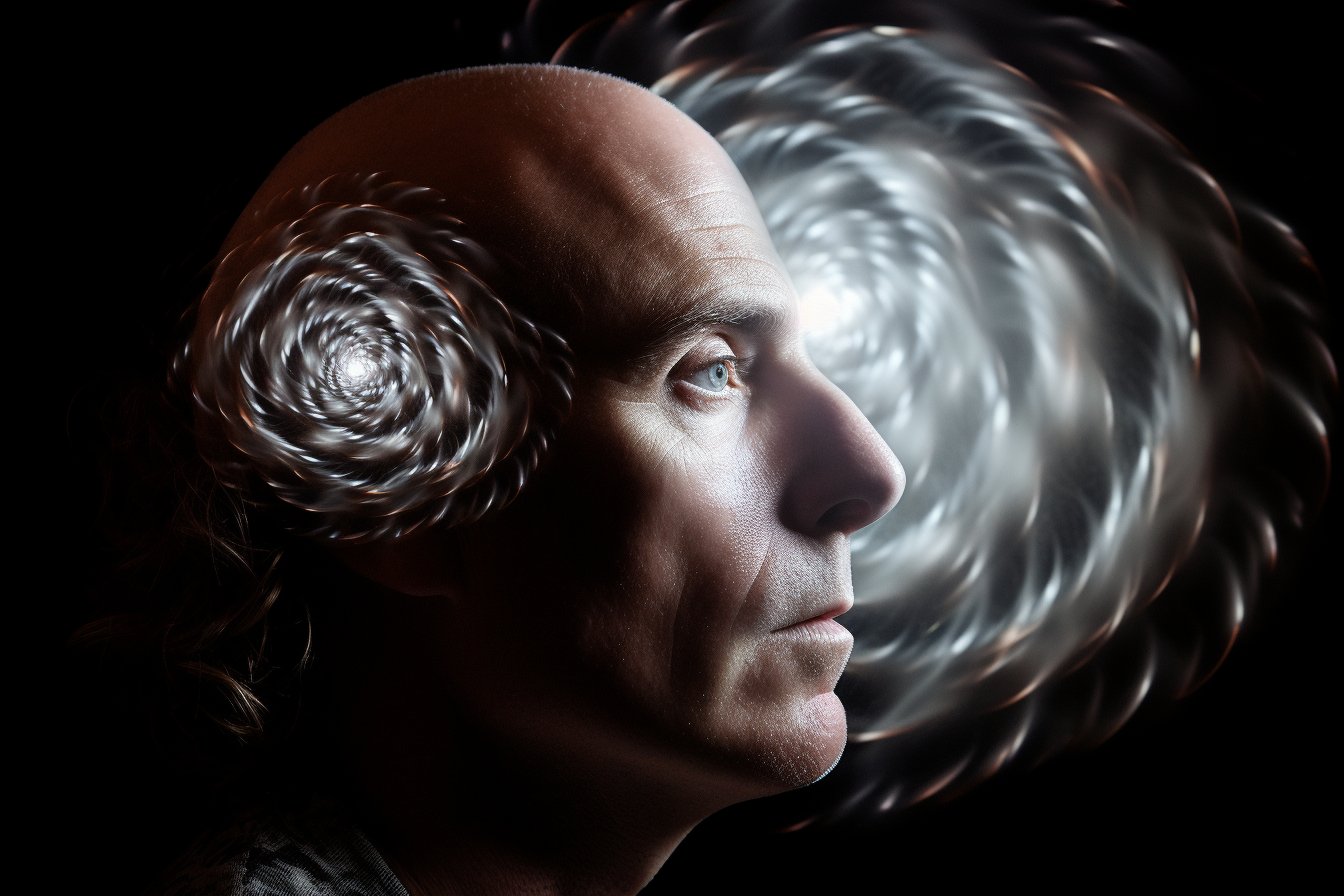
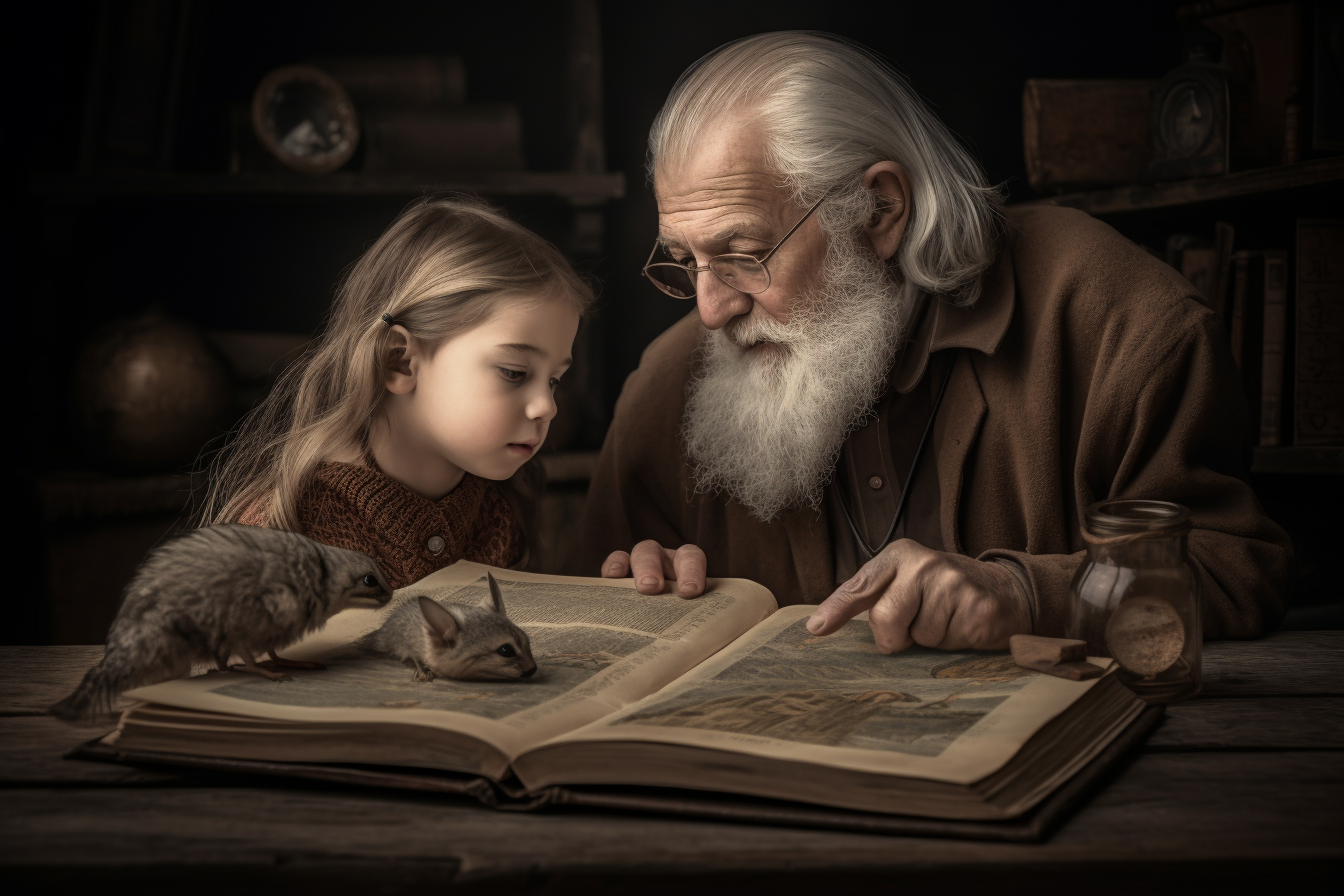
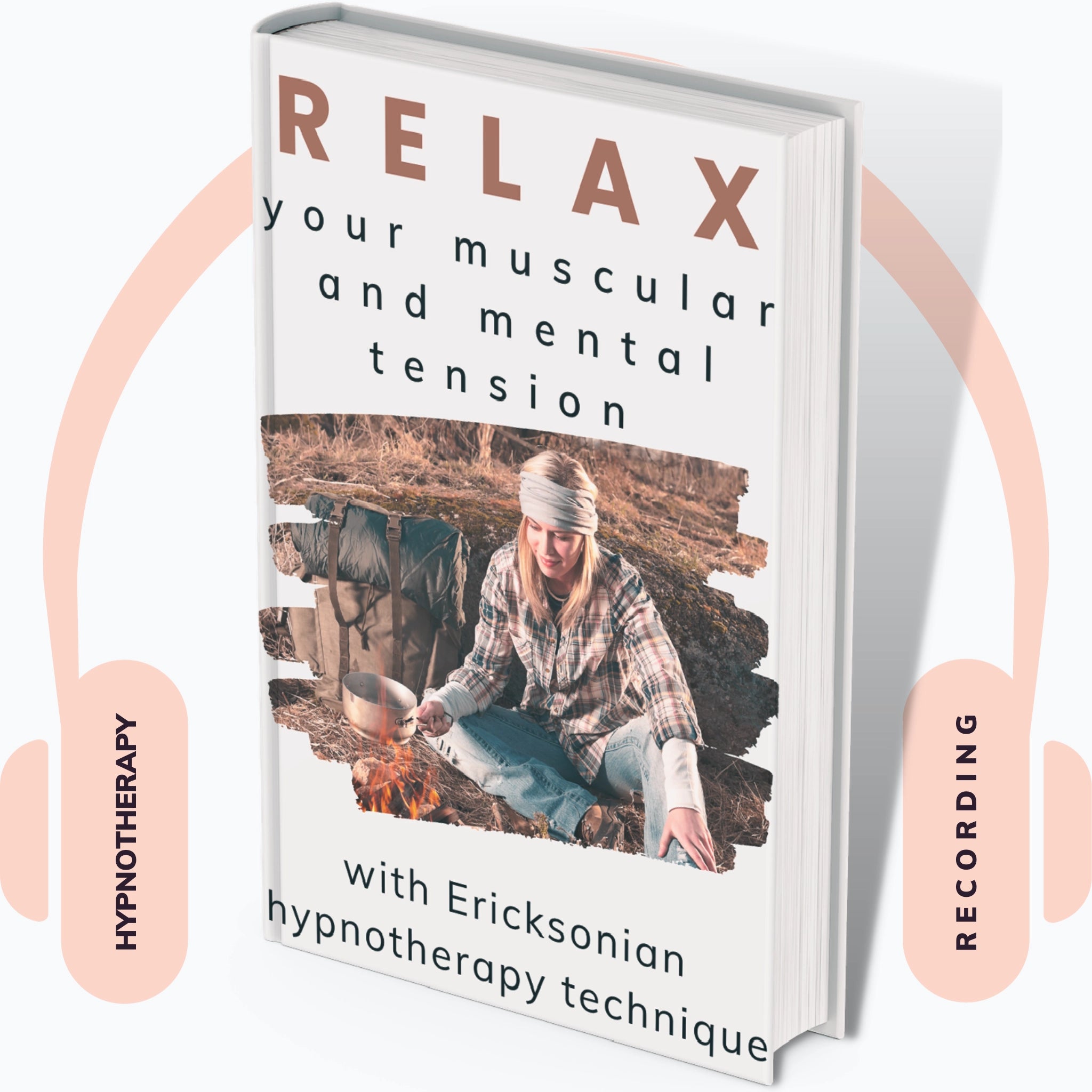
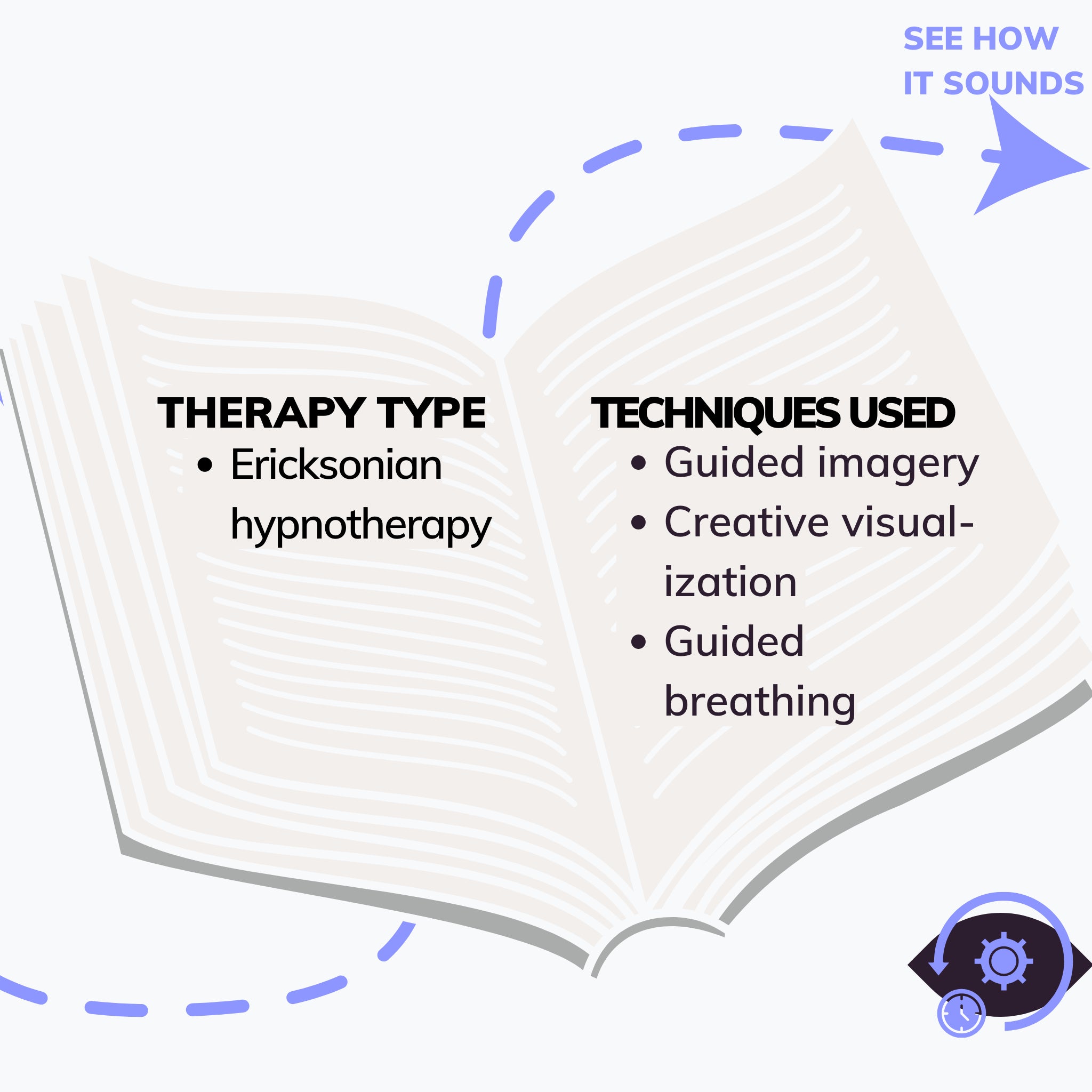
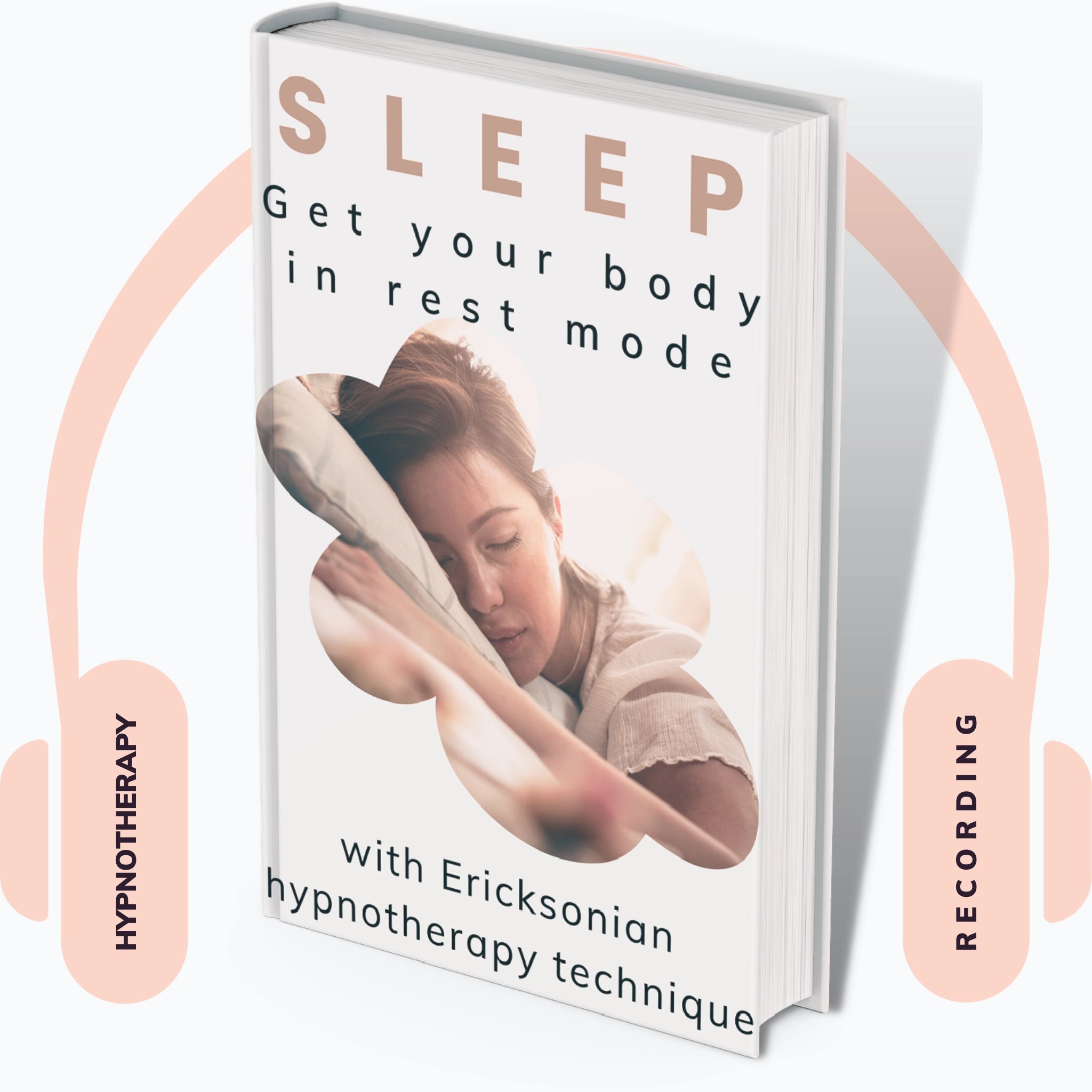
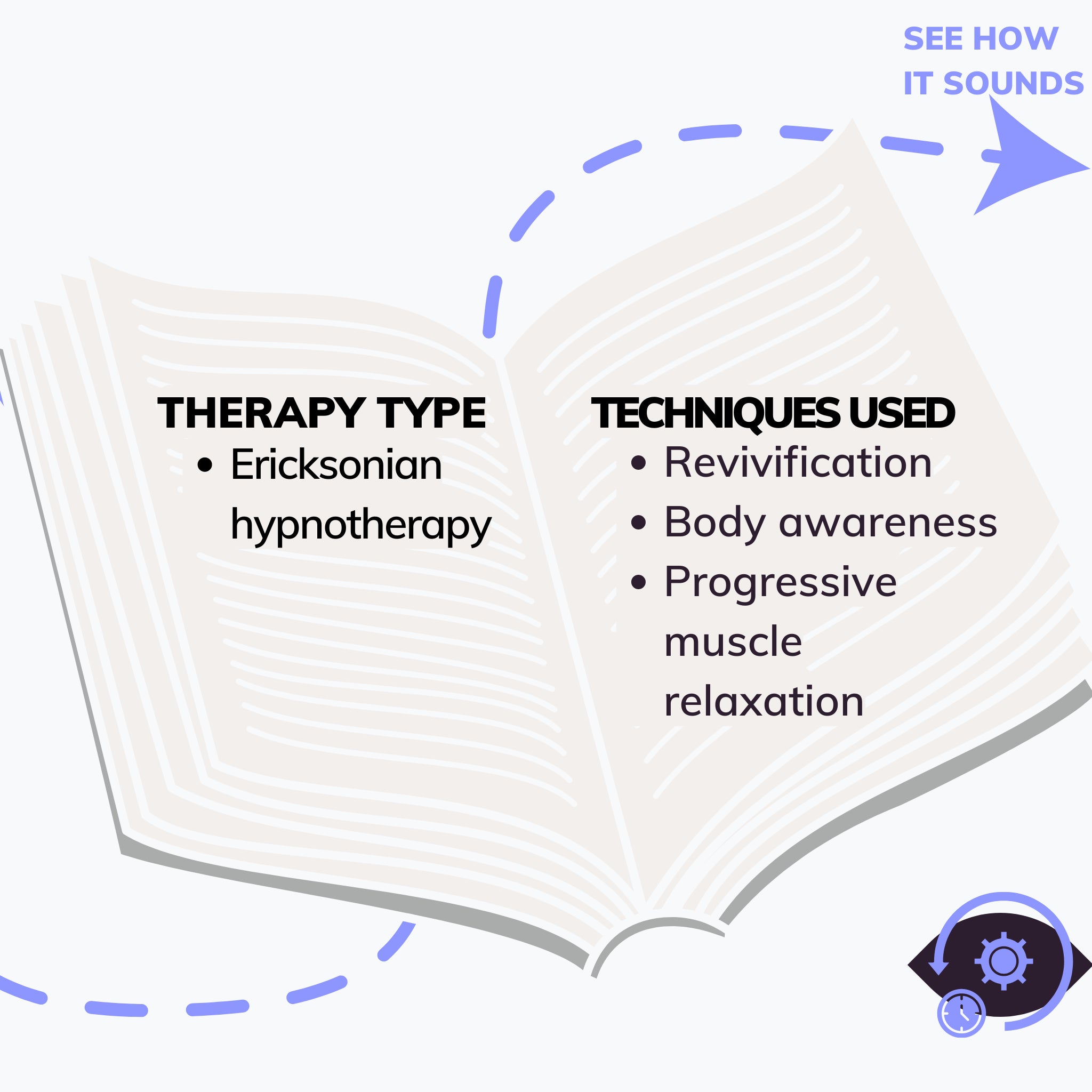
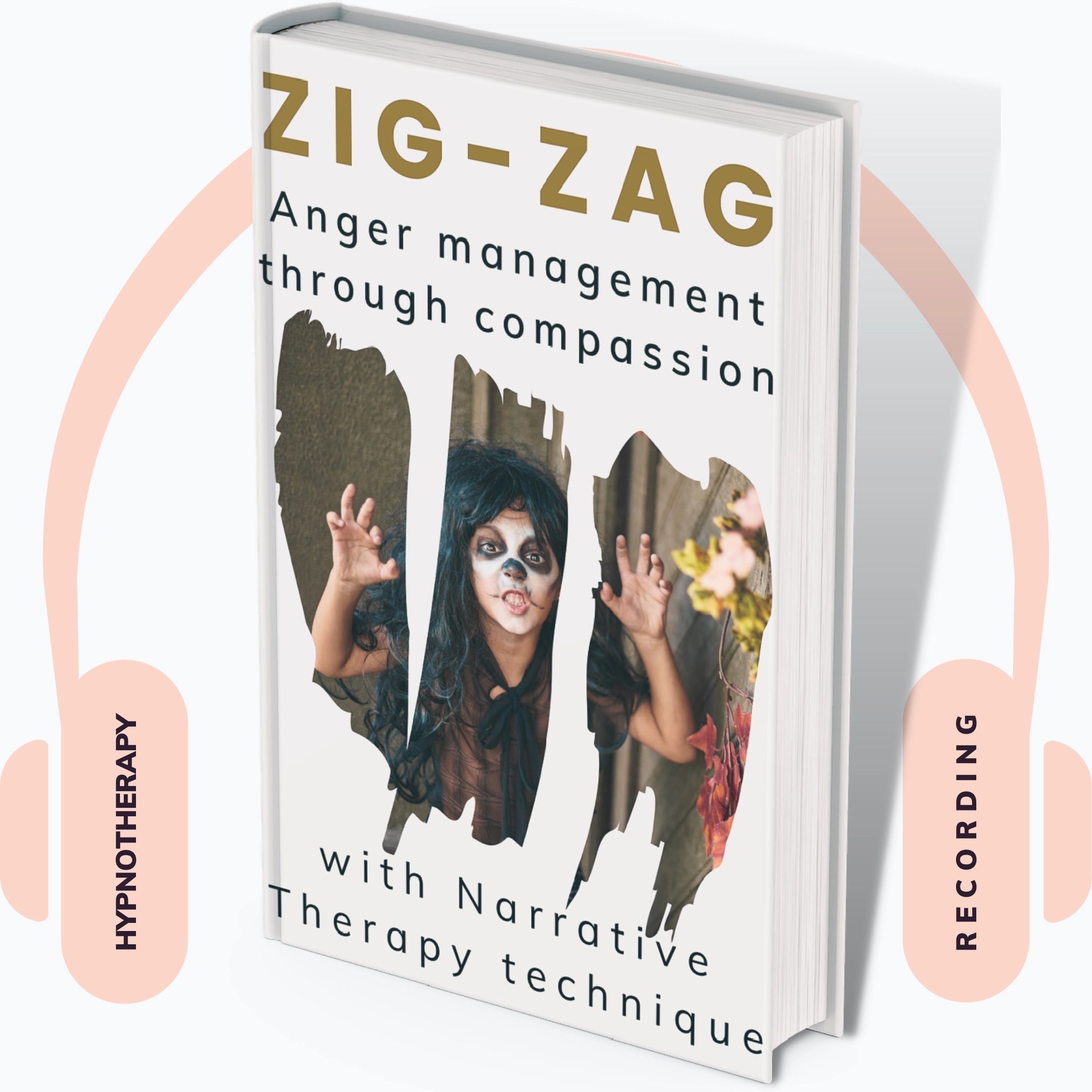
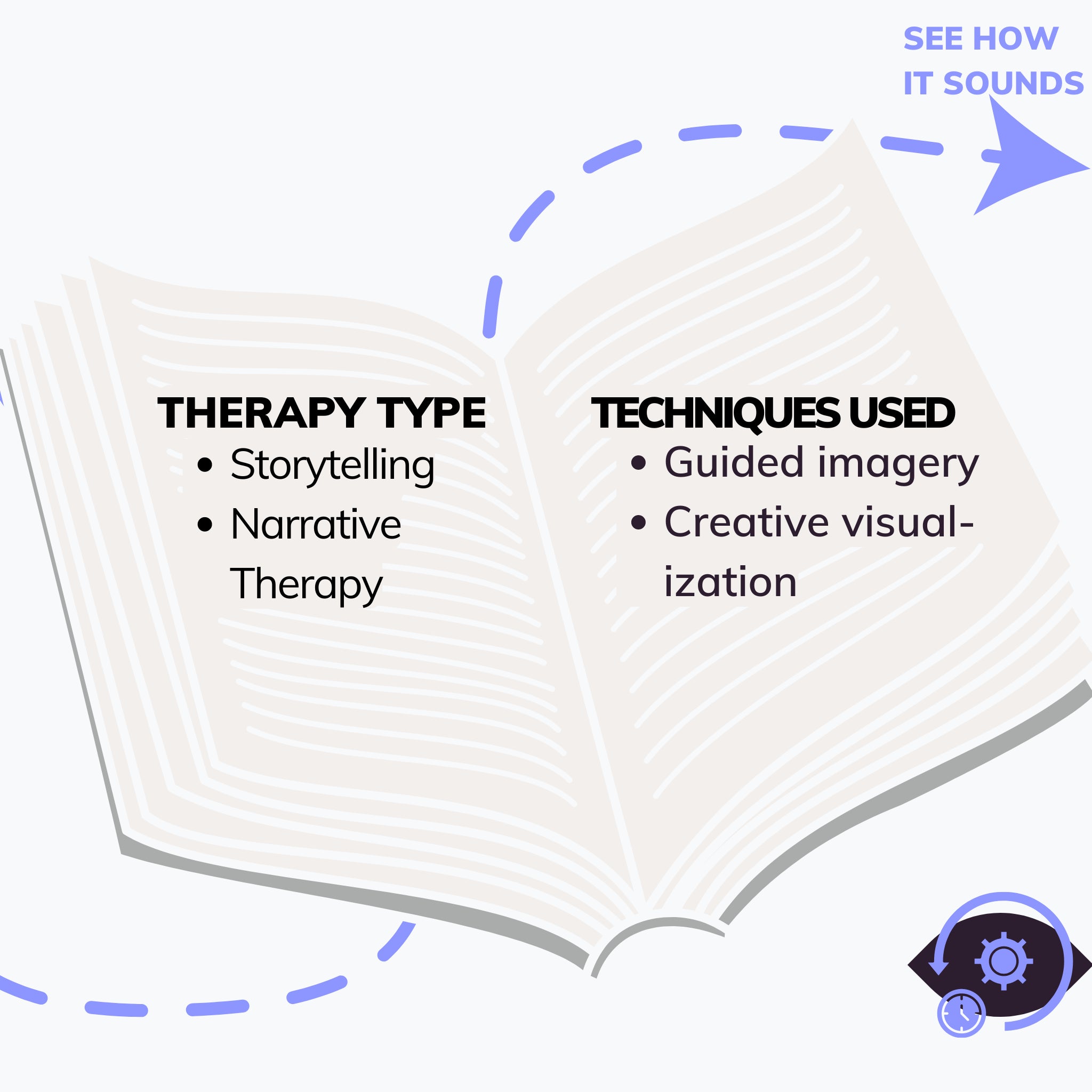
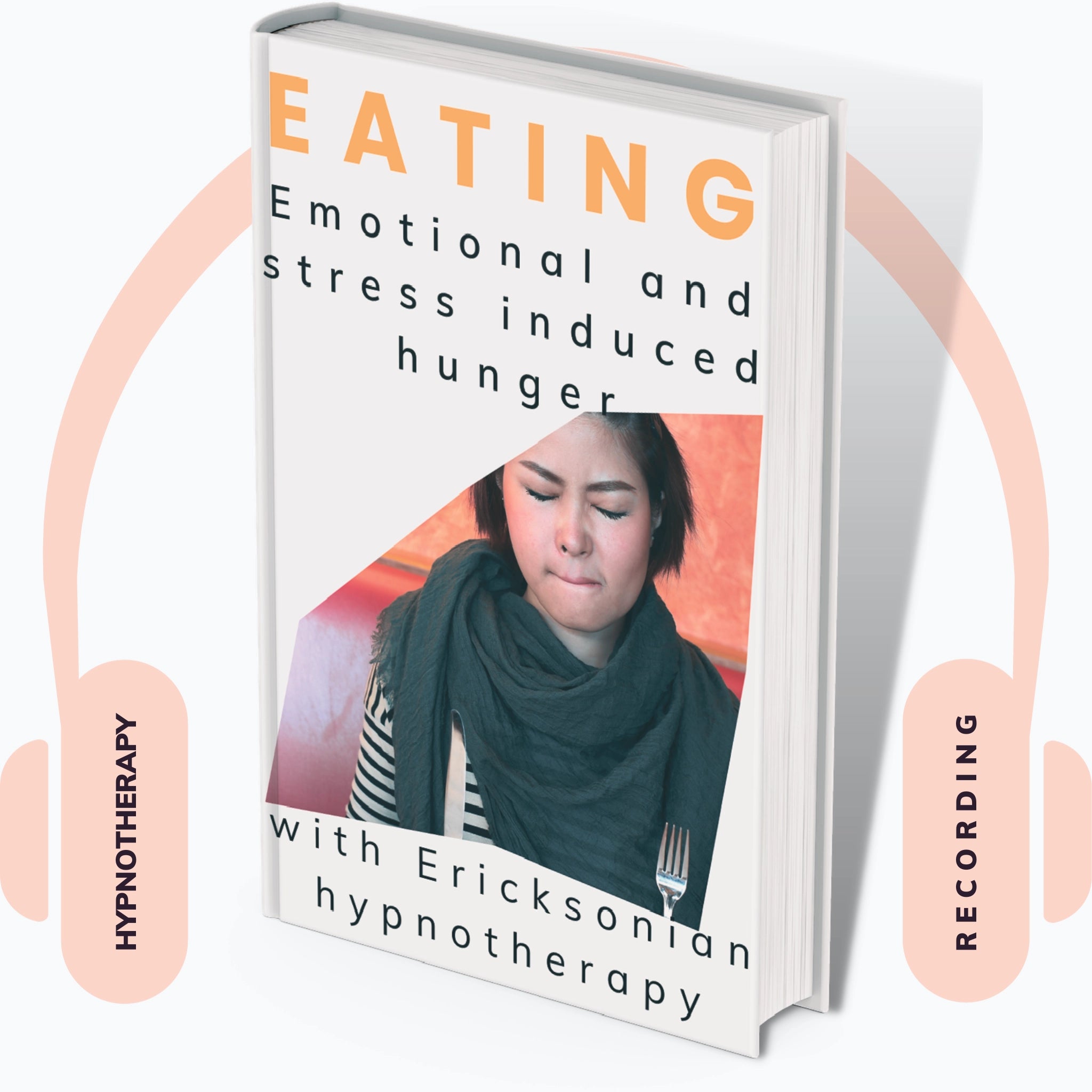
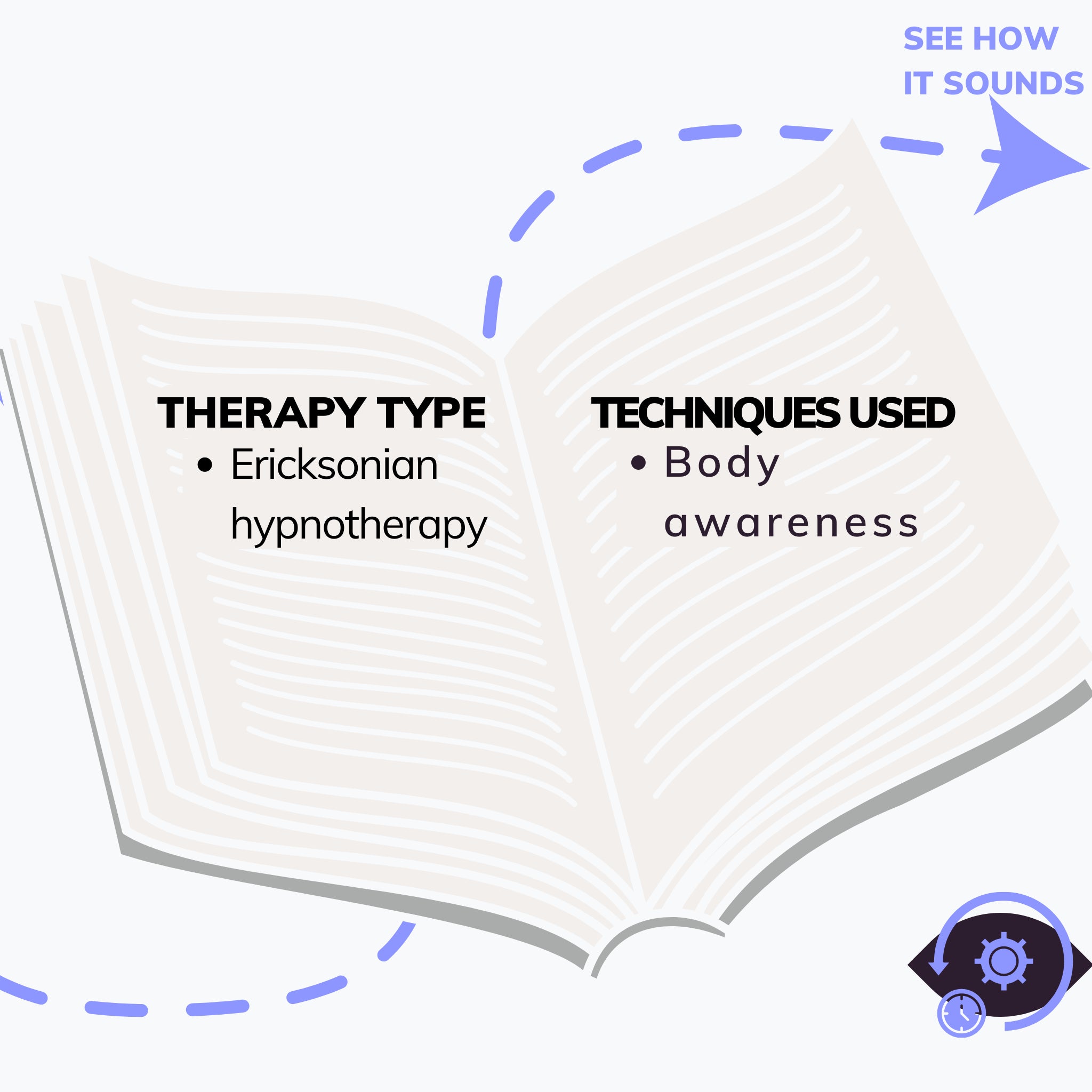
Leave a comment
All comments are moderated before being published.
This site is protected by reCAPTCHA and the Google Privacy Policy and Terms of Service apply.